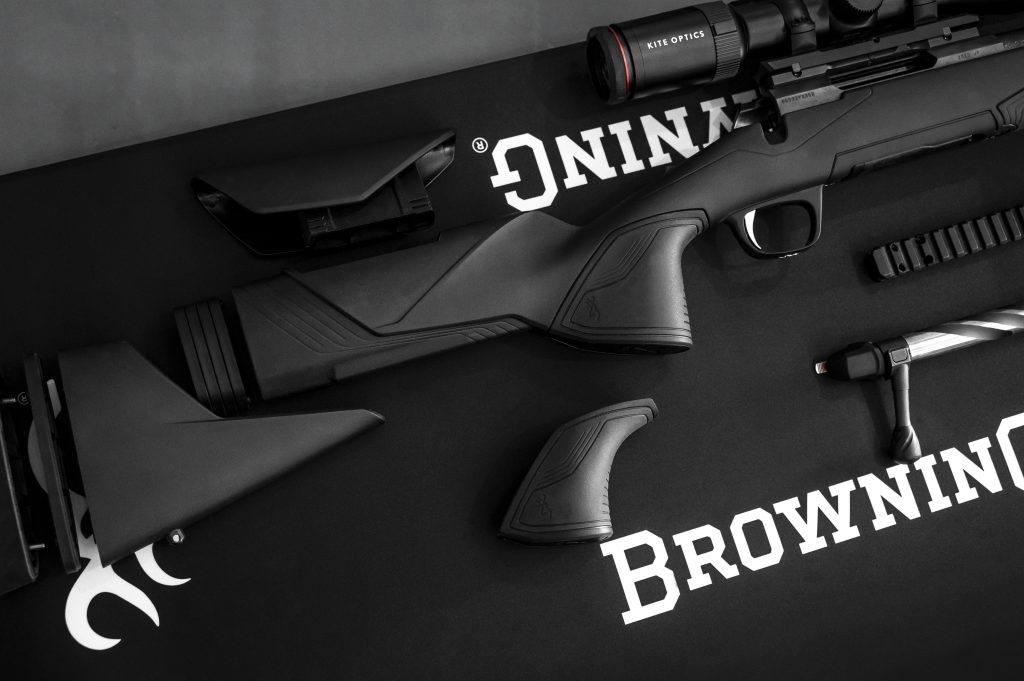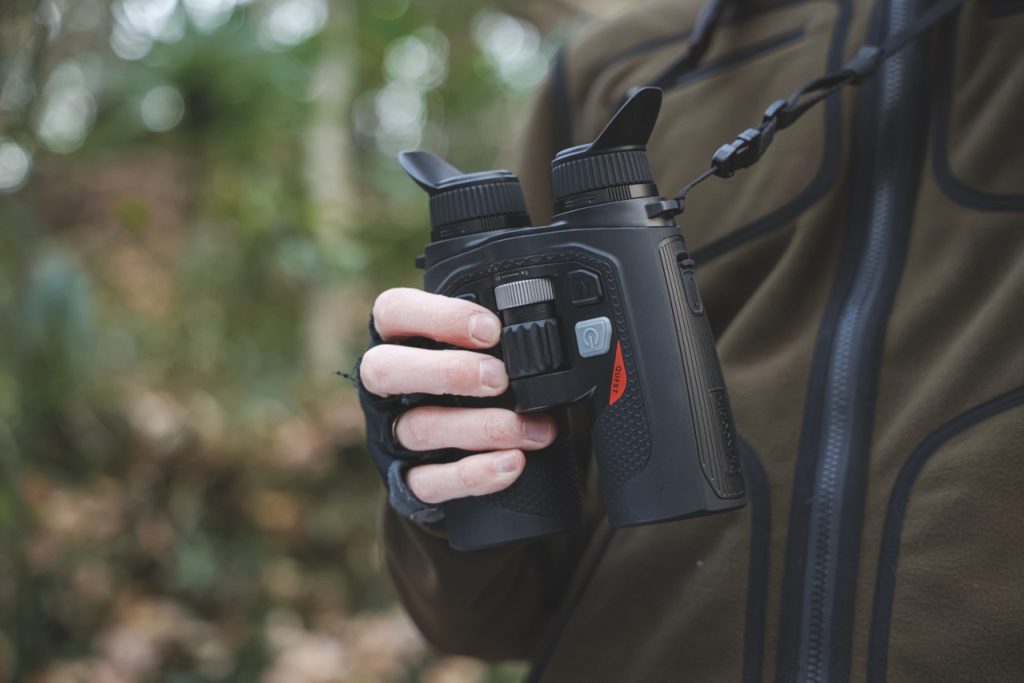Win CENS ProFlex DX5 earplugs worth £1,149 – enter here
Steel vs lead cartridges: a pattern emerges
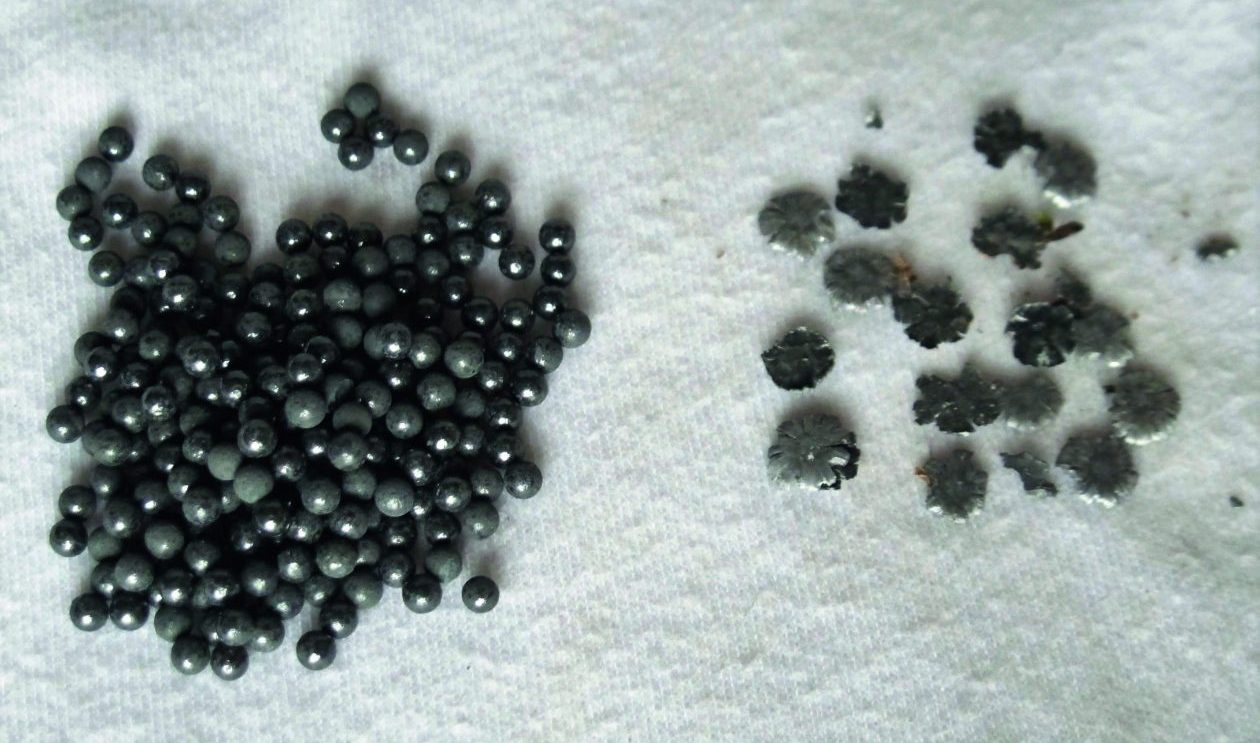
We now have the transition away from traditional lead shot that has served so well for so long and, I hope, will continue to do so, even if some areas are to be denied it. The topic chosen by Sporting Gun for me this month has been time-consuming, but it has totally reinvigorated my mind on making sense of the findings. (Read will my gun be safe with steel shot?)
Steel vs lead – defining the differences
I was already aware that some of the things we hear about steel shot and how we need to ‘embrace’ it are not always fully explained. It’s a bit like the Government telling us face masks are essential. Well, with more than two years’ experience behind us, we realise that in many ways that pudding had been well and truly over-egged. Whatever, the truth will out eventually, as it will with the transition away from lead shot.
In the steel corner: Hull’s High Pheasant Fe4 with Hyrowad
We are in the early throes of change. Shooters are caught in the middle of debates from two different angles: one camp says lead is the best, not as harmful as we are being told – and some major European studies seem to agree with that, in context, but are still largely ignored.
The other camp says steel shot works very well and keen proponents will tell us how they shoot pigeons with steel shot and wouldn’t go back to lead anyway. It is likely that the truth will lie somewhere between the two extremes. (Read the news that the HSE looks likely to effectively ban lead shot.)
One thing I have found, just as with similar claims about different lead cartridges over the years, is that when I ask for some meaningful figures and/or comparative photographs to back up the stated claim (all too often appearing in one Facebook shooting group or other), the person making the claim is unable to supply anything. They waffle around trying to sidetrack the irritation of being asked to back up what they have said or written to divert from the fact that they have not done any actual research or comparative pattern testing and base their findings on a few successful outings on pigeons and sometimes crows, possibly even pheasants. But having good days such as these without context on distance and difficulty of the quarry gives no idea how lead shot would have performed. It is an interesting anecdotal comment but has little scientific value. It certainly cannot provide any information helpful in making a meaningful comparison of performance.
In the lead corner: Hull High Pheasant Extreme, fibre wad
That is why I spent two days pattern testing two cartridges intended for the same purpose; one with 32g of lead shot and one with 32g of steel shot. The hope was to discover where strengths and weaknesses might be found. I am actually more than a little surprised at how things worked out. I’m not surprised at the general outcome but more by how definitive the results are. I’m sure these might raise the odd eyebrow and even some discontent. But above all, I hope my results will encourage those who regularly spout a particular line to read, look, learn and hopefully be moved to do some testing themselves before contemplating giving more advice on something they may know too little about.
The pellet count of the steel load, at 219, was lower than for the lead
Test parameters
I felt that the test needed to compare something tangible that we can relate to. The ideal opportunity arose when Hull Cartridge, long established as a leading supplier of top-grade game cartridges (and with a royal warrant) sent me the brand-new steel shot version of its High Pheasant cartridges with eco-friendly, biodegradable Hydrowad. These are in shot size Fe4, which basically means the shot is manufactured to the maximum size permitted by the CIP for standard steel cartridges.
A great many shooters have nitro-proof but not steel-proof guns and these cartridges are made for use in those with 23⁄4in (70mm) chambers. I already had some 32g Hull High Pheasant lead shot loads; these have fibre wads, which I thought was fair because they are the traditional ‘eco friendly’ wad most have been using for some time. Shot size is marked ‘No 6 Extreme’. What this means is that the pellets are actually larger than size UK No 6 and actually were around UK 5.5. In other words, quite a potent load but, naturally, with fewer pellets per ounce than a true No 6.
However, for all the talk of there being more pellets in the same weight of steel shot loads, this is only true when talking of the same diameter for each. The effect of obtaining special size Fe 4 (as other makers have done for the same reason of being the largest CIP-permitted size for 12-bore standard steel) means the pellet count of the Fe4 at 219 pellets per load was actually lower than the 5.5 lead, with 265 pellets on average in each cartridge.
Note that these actual pellet counts are another reminder as to why any pattern testing without establishing what the true pellet size and count are cannot produce an accurate percentage to meaningfully compare performance. Too few seem to realise this.
Teague chokes, etched with the fleur-de-lys and ‘Steel Shot’, were ideal for this test
Test gun
I chose to use my 1980s Browning Citori , with tight bore size and short forcing cones, for two reasons in my steel vs lead cartridges research. First, there are a great many similar guns in regular use with similar bores because this has proven best, over a great many years, where fibre wads must be used. Second, there is some evidence suggesting that firing some steel shot cartridges in chambers longer than the opened length of the case could lead to damaged forcing cones.
I needed to use interchangeable chokes because I wanted the test patterns to reveal just how much difference choke makes with comparable lead and steel shot. We have all been regularly regaled with instances of half (modified) choke giving full-choke patterns, but is this so? And if it is, how does a premium lead shot cartridge perform by comparison?
This testing programme is designed to show this as fairly as is possible. Also, with these cartridges being from the same stable and for the same purpose of longer-range game shooting (the clue is in the name), I felt this was a reasonable approach to take.
I have a full range of standard Browning Invector chokes for my gun. However, a while back, I bought a part set of Teague extended chokes. Their quality is evident as soon as you handle and inspect them. They are also etched with the fleur-de-lys symbol and the words ‘Steel Shot’, and so were ideal for this test.
I chose to use cylinder (to see how no choke affected the patterns, with any difference being purely pellet hardness): quarter choke as a midpoint and half choke to check if we would get full-choke pattern density.
I confess to having pored over these figures several times. My gut feeling, from recent testing, had hinted that steel shot cartridges may not all perform in quite the way we are told.
The results of this test of steel vs lead cartridges shown here, indicate that a lot more people – and, dare I say, governing bodies – need to do more testing.

 Key takeaways
Key takeaways
Although it was not a complete surprise to me that the Hull High Pheasant lead and fibre-wad cartridge performed so well, the striking point that caused much double-checking, and still exercises my thoughts as to just what is happening here, is the margin by which the lead shot cartridge outperformed the steel shot in my steel vs lead cartridges experiements.
We know Hull makes great cartridges; it has worked hard to produce its steel shot option for the ‘high bird’ shooters. As I frequently state in cartridge tests, it is pellets that kill quarry, not percentages, and that is well illustrated here. Yes, we are told that you get more steel pellets per ounce/gram than lead. That is true – if pellets are the same size. But remember, we are also advised to use two shot sizes larger in steel to retain energy; then you do not get more pellets per load.
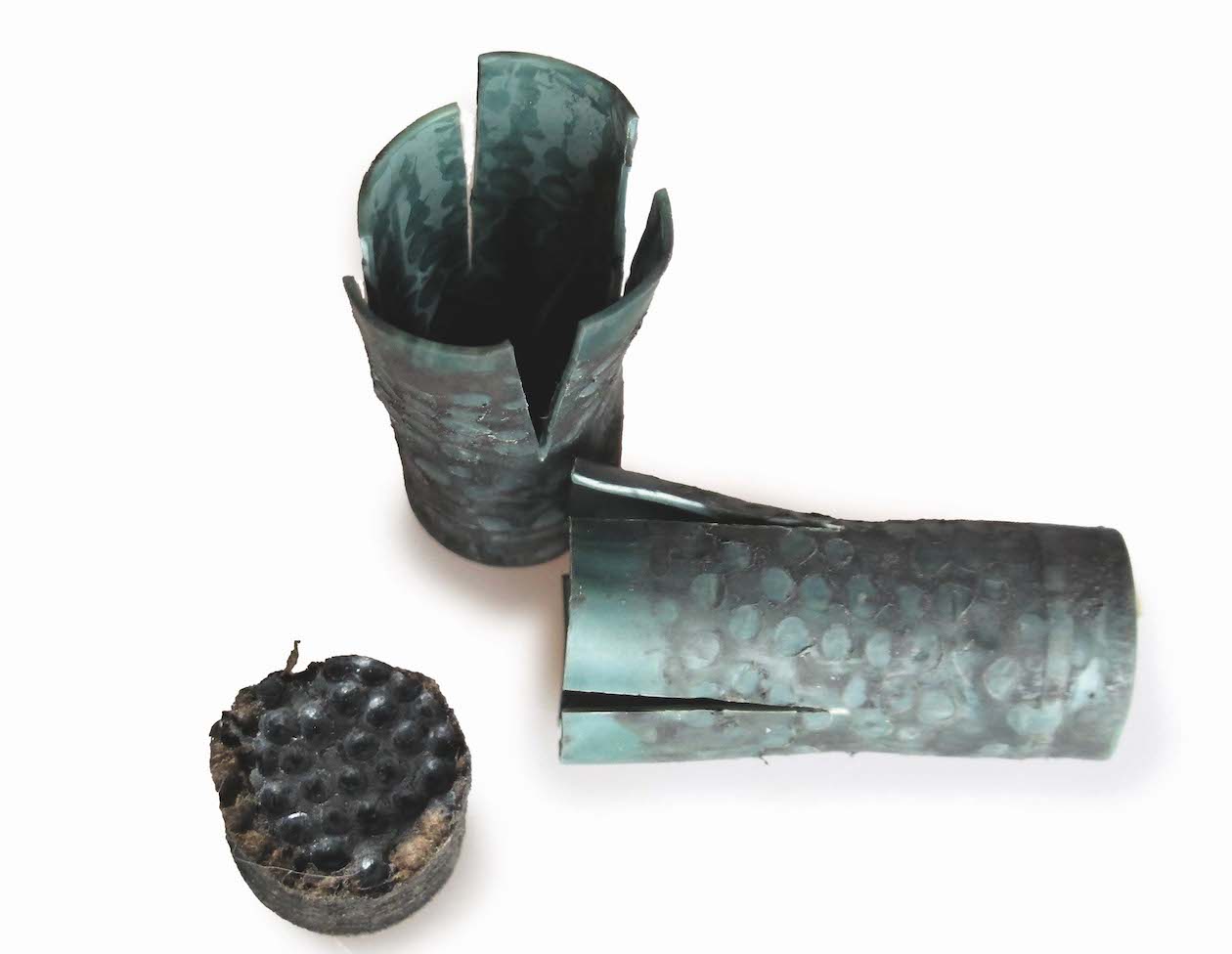
The fired cartridges – Hydrowad and fibre wad
We are told that half choke shoots full-choke patterns with steel shot and, again, yes, these did achieve in excess of 70% at 40 yards pattern density. However, so did the No 6 Extreme, super-hard lead shot. So many people who talk about patterns but do no testing seem unaware of this.
The result is that the lead pellets put more into the pattern at 30 yards and 40 yards, and with all three chokes tested.
A close-up of the recovered No 6 Extreme shot
The performance of these Hull High Pheasant lead shot loads is obviously outstanding. I was aware they were extremely good, but this is the first ‘head to head’ test I have been called upon to conduct. I think they have done lead shot cartridges proud. I now feel the need to do more testing and encourage others to do likewise.
A full analysis would take another article on steel vs lead cartridges, so I must leave you to study my findings.
Questions will inevitably be raised; these are welcomed and where possible those of significance may well appear in future articles on the topic.
Related Articles
Get the latest news delivered direct to your door
Subscribe to Shooting Times & Country
Discover the ultimate companion for field sports enthusiasts with Shooting Times & Country Magazine, the UK’s leading weekly publication that has been at the forefront of shooting culture since 1882. Subscribers gain access to expert tips, comprehensive gear reviews, seasonal advice and a vibrant community of like-minded shooters.
Save on shop price when you subscribe with weekly issues featuring in-depth articles on gundog training, exclusive member offers and access to the digital back issue library. A Shooting Times & Country subscription is more than a magazine, don’t just read about the countryside; immerse yourself in its most authoritative and engaging publication.



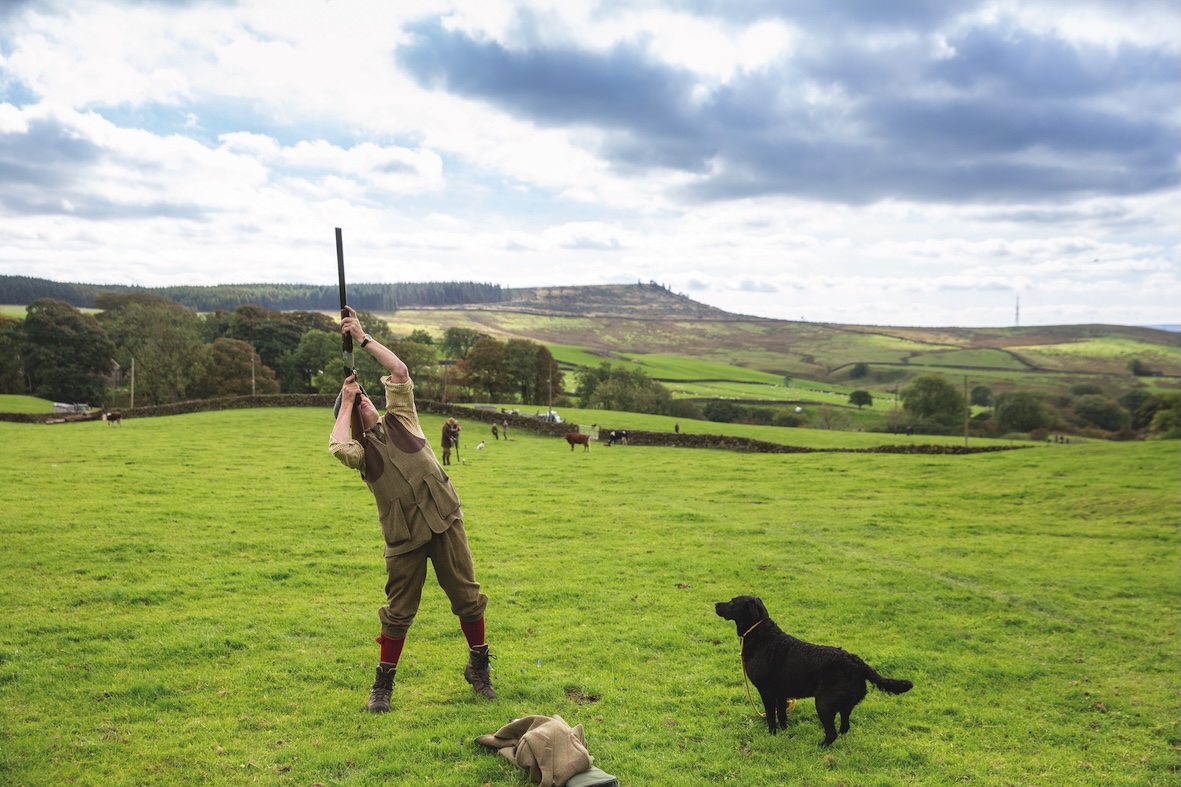

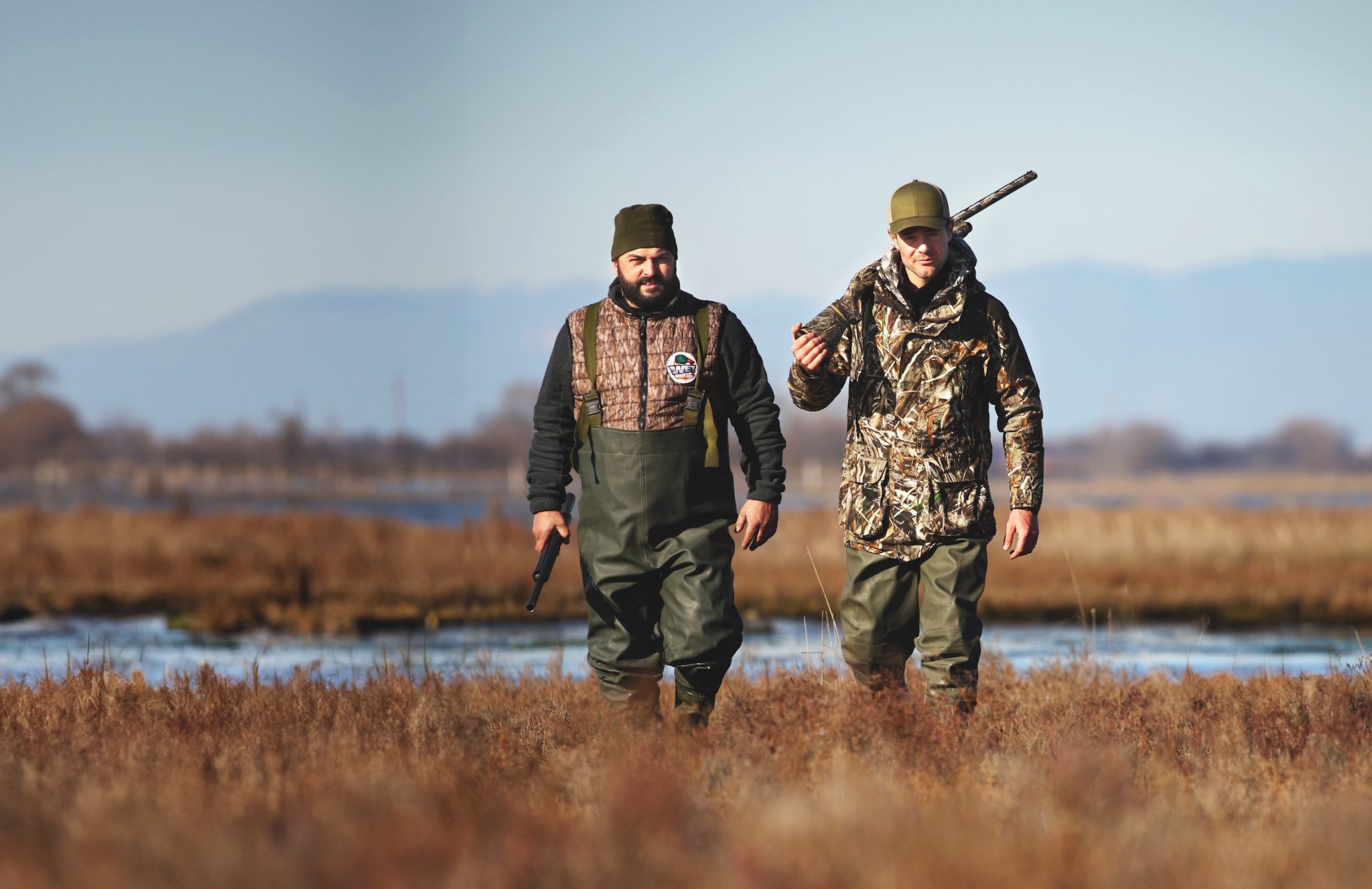

 Key takeaways
Key takeaways